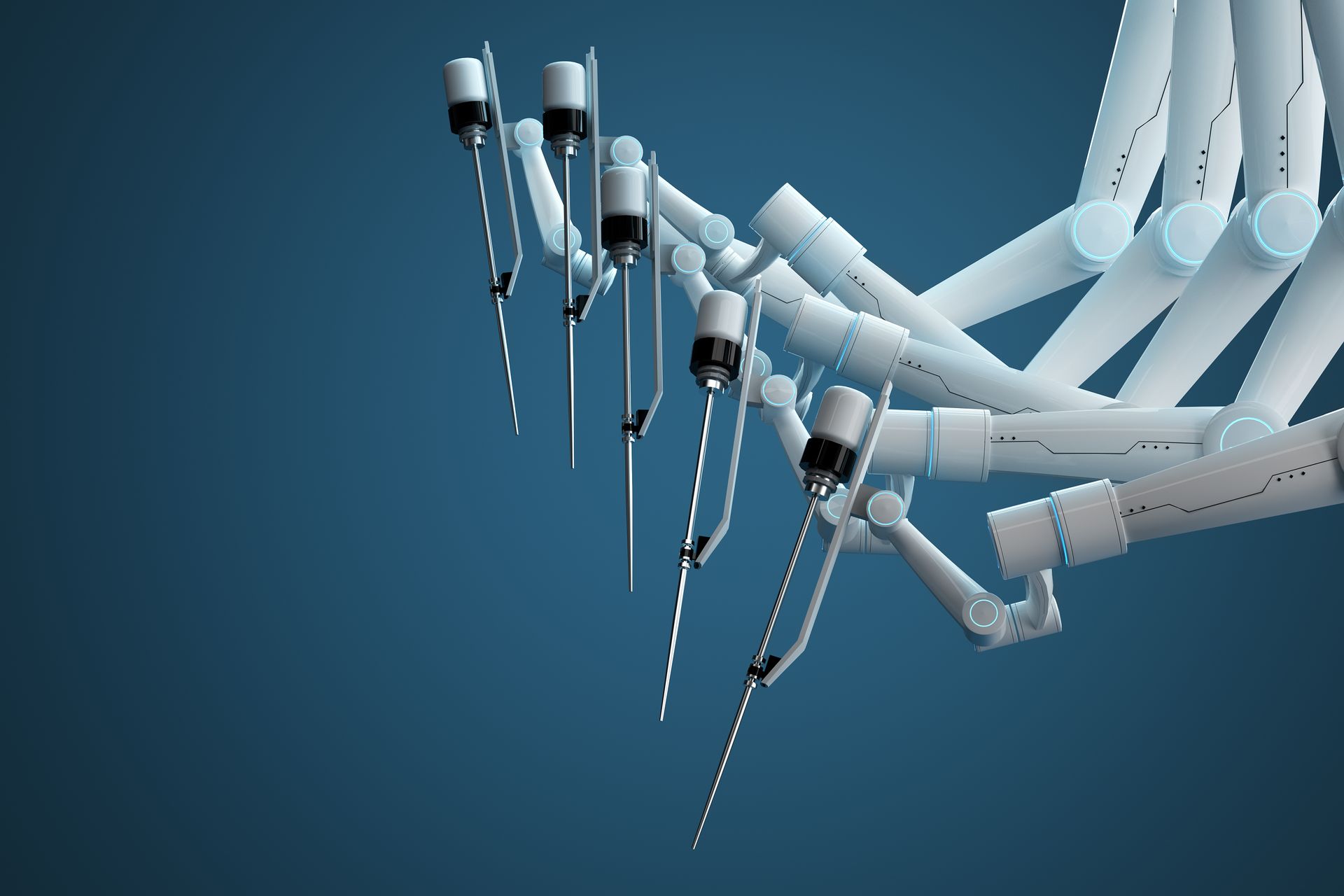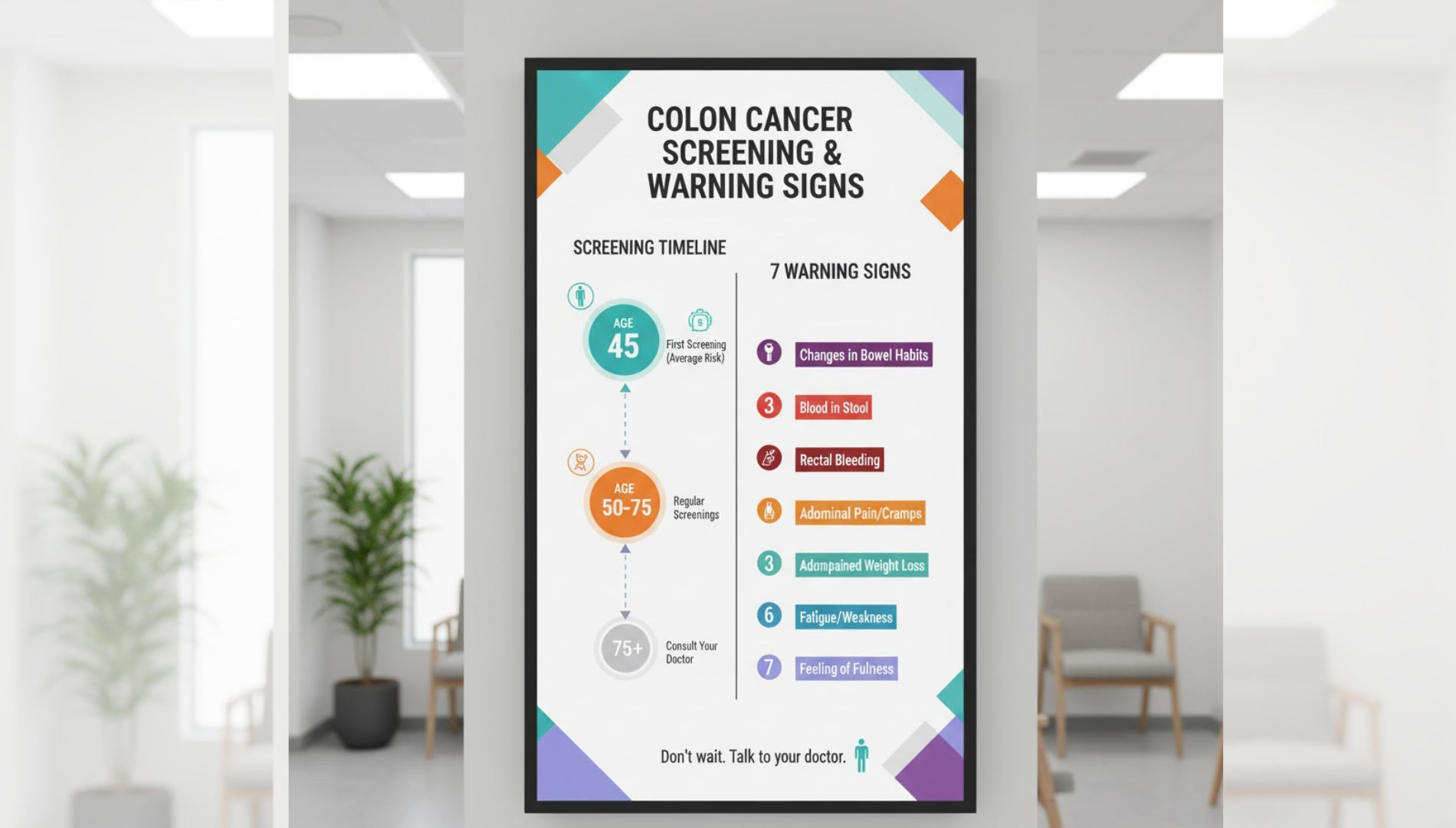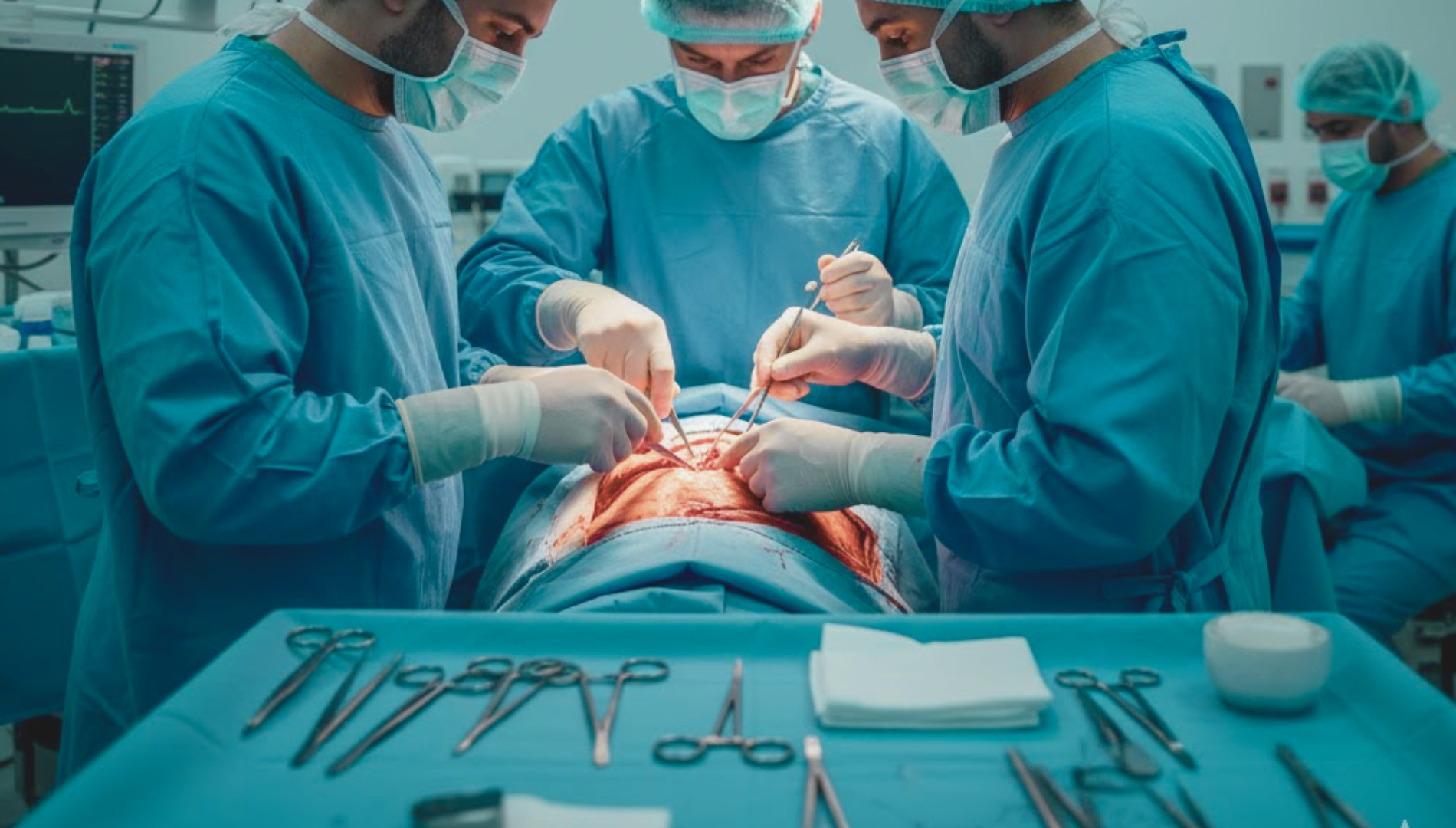Risks of Robotic Hernia Surgery and How They Are Managed

Robotic hernia surgery is a modern approach that offers many benefits, including smaller incisions, shorter recovery time, and enhanced precision. This operation, however, is not without its hazards, as are any surgical treatments. Understanding these potential complications, along with the measures taken to manage them, can help patients feel more confident about their decisions. Skilled surgeons use advanced technology to reduce these risks, ensuring safer outcomes. This post will look at the primary risks associated with robotic hernia surgery, such as infection, anesthesia reactions, and device malfunctions, and discuss how they are effectively managed to provide a safe surgical experience.
Potential Complications: Infection, Bleeding, and Beyond
Although robotic hernia surgery is minimally invasive, there are still risks associated with the procedure. Two of the main concerns are infection and bleeding, but these complications are relatively rare.
Infection
Any surgical procedure carries the risk of infection. With robotic hernia surgery, however, the smaller incisions lower the chance of bacterial exposure. To further reduce this risk, surgeons and the surgical team follow strict sterilization protocols. In addition, patients may be prescribed antibiotics as a preventive measure before and after the procedure.
Bleeding
Significant bleeding is uncommon with robotic hernia surgery, but it is a possibility, especially if the patient has underlying conditions that increase bleeding risk. The robotic approach’s precision allows surgeons to navigate blood vessels carefully, reducing the likelihood of accidental bleeding. If bleeding occurs, surgical teams are prepared with techniques to control and stop it immediately.
Hematoma or Seroma
These are fluid accumulations that sometimes develop at the surgical site. Though usually harmless, they can be uncomfortable. If necessary, a doctor may drain the fluid or recommend additional post-operative care to manage these issues.
Anesthesia Risks: Safety in Minimally Invasive Procedures
Anesthesia plays a crucial role in ensuring patient comfort and pain management during robotic hernia surgery. Although anesthesia-related complications are uncommon, they can include adverse reactions or breathing difficulties. However, with minimally invasive surgeries like robotic hernia repair, anesthesia risks are generally lower compared to open surgeries. Informed anesthesia practices and diligent monitoring minimize the likelihood of adverse reactions, providing patients with a safe and controlled experience during robotic hernia surgery.
Customized Anesthetic Approach
Each patient’s health history is reviewed carefully by anesthesiologists, who tailor the anesthesia plan to reduce risks. This individualized approach ensures that the anesthesia type and dosage align with the patient’s specific needs.
Monitoring During Surgery
During the procedure, an anesthesiologist monitors vital signs closely to detect any issues early on. State-of-the-art equipment helps provide constant feedback, allowing for immediate adjustments if needed.
Enhanced Recovery
Because robotic hernia surgery uses smaller incisions, recovery from anesthesia is often smoother and quicker. Patients can expect to wake up with fewer side effects and may experience less post-operative discomfort than with traditional surgery.
Mesh-Related Concerns: Ensuring Safe Use and Longevity
Mesh is often used in hernia repairs to reinforce the abdominal wall and reduce recurrence. While mesh complications are rare, they can include infection, migration, or rejection. Understanding these potential issues and how surgeons manage them can help alleviate patient concerns.
Selecting the Right Mesh
Surgeons use high-quality, medical-grade mesh designed specifically for hernia repairs. By choosing the appropriate type of mesh, they reduce the risk of complications like migration or rejection.
Sterilization and Handling
To prevent infection, mesh materials are sterilized and handled with extreme care in the operating room. Surgeons and surgical staff adhere to strict protocols, minimizing the risk of introducing bacteria to the mesh.
Monitoring and Post-Operative Care
After surgery, patients are advised to follow up with their surgeon to monitor the mesh placement. Surgeons may schedule imaging or check-ups to confirm that the mesh is properly positioned and free from issues.
Device Malfunction: Protocols in Place for Equipment Reliability
While robotic surgical systems are highly advanced and reliable, any medical device carries a minimal risk of malfunction. Robotic hernia surgery equipment is rigorously maintained and tested to ensure its functionality, but surgeons are also trained to manage potential issues.
Routine Equipment Testing
Robotic systems undergo regular testing and calibration to verify that all components are functioning properly before surgery. This helps prevent malfunctions that could interfere with the operation.
Surgeon Proficiency in Manual Techniques
Should any equipment issue arise, surgeons are fully trained to switch to manual techniques seamlessly. This preparedness allows them to complete the surgery with traditional laparoscopic or open techniques if necessary.
Backup Systems
Most surgical facilities have backup systems and tools readily available. This redundancy means that even if one piece of equipment experiences an issue, the surgical team can continue the procedure without delay.
Surgeon Expertise: The Key to Minimizing and Managing Risks
The success of robotic hernia surgery largely depends on the skill and experience of the surgeon performing the procedure. A surgeon’s expertise not only helps minimize risks but also ensures that any complications can be managed effectively. Learn more about the post-surgery process when you read “Robotic Hernia Surgery: Recovery and What to Expect.”
Extensive Training and Certification
Surgeons who specialize in robotic procedures receive extensive training in using robotic technology. They are familiar with the equipment, potential complications, and techniques specific to robotic surgery, which enhances the safety and success rate of the operation.
Experience in Complication Management
Experienced surgeons have the knowledge to recognize complications early on and respond quickly. This skill set is essential for managing any unforeseen issues, such as bleeding or equipment malfunction, during the procedure.
Patient Education
Prior to surgery, skilled surgeons educate their patients about the procedure, potential risks, and steps they can take for a successful recovery. This open communication helps patients feel informed and confident, ultimately contributing to better outcomes.
Conclusion
Robotic hernia surgery offers many benefits, but understanding and managing the associated risks is crucial. Potential complications, from minor infections to anesthesia risks, are rare and manageable thanks to advancements in technology and expert surgical teams. With experienced surgeons and rigorous safety protocols, patients can look forward to a safe, effective surgical experience and a quick recovery.
If you’re considering robotic hernia surgery,
Copper Mountain Surgical provides expert care tailored to ensure your safety and comfort. Our experienced surgeons, state-of-the-art technology, and commitment to patient-centered care will guide you through every step. For more information about our cutting-edge surgery solutions and to take the next step toward a life free of pain and activity,
contact us now. Let us make your journey to health a smooth and confident experience.




